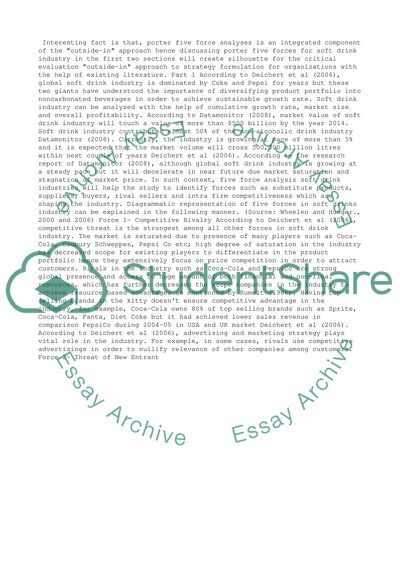Cite this document
(“Strategy Business Information and Analysis Essay”, n.d.)
Strategy Business Information and Analysis Essay. Retrieved from https://studentshare.org/business/1475867-strategy-business-information-and-analysis
Strategy Business Information and Analysis Essay. Retrieved from https://studentshare.org/business/1475867-strategy-business-information-and-analysis
(Strategy Business Information and Analysis Essay)
Strategy Business Information and Analysis Essay. https://studentshare.org/business/1475867-strategy-business-information-and-analysis.
Strategy Business Information and Analysis Essay. https://studentshare.org/business/1475867-strategy-business-information-and-analysis.
“Strategy Business Information and Analysis Essay”, n.d. https://studentshare.org/business/1475867-strategy-business-information-and-analysis.


